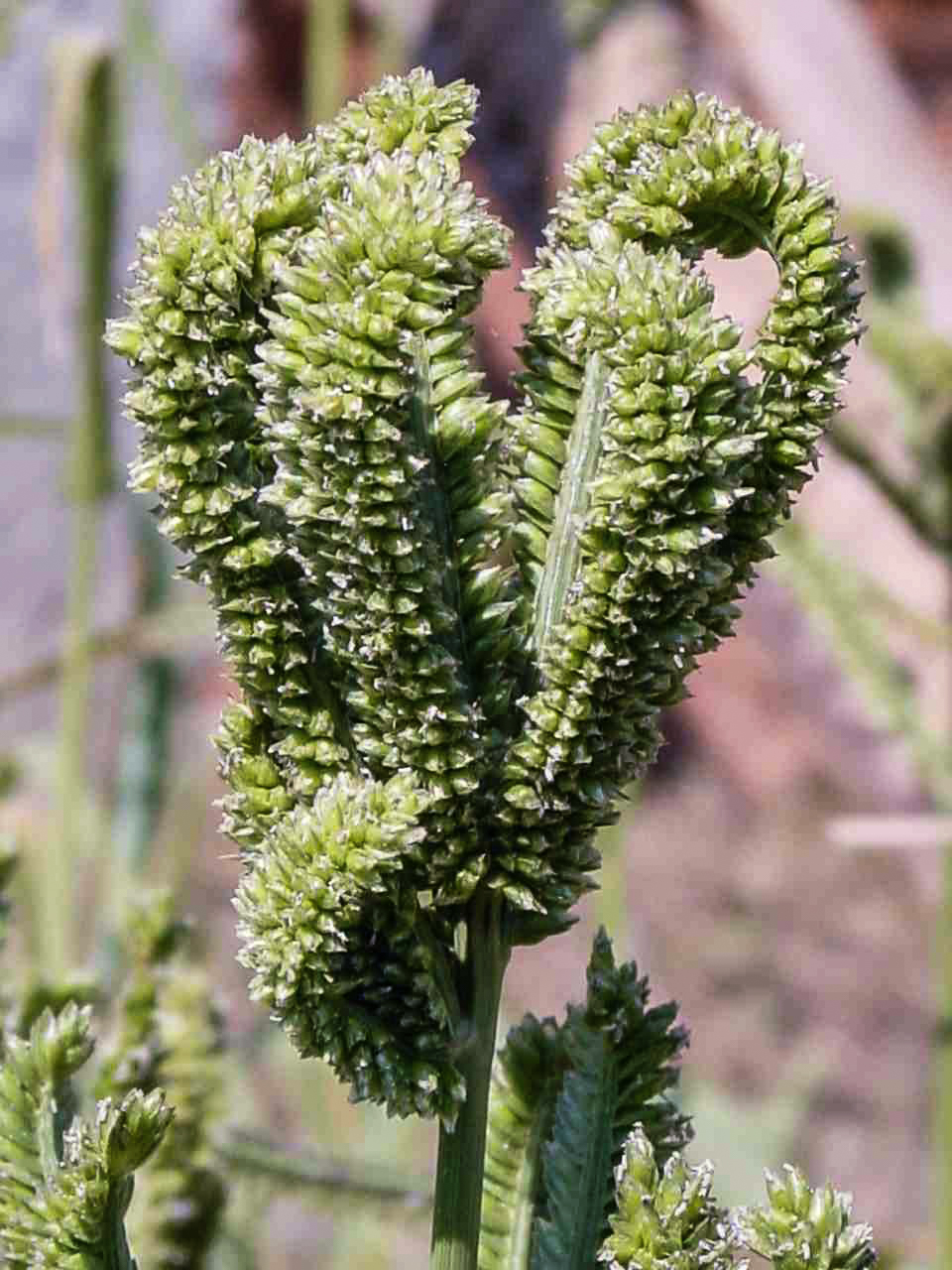Community members of Dewlieh (East Khasi Hills district) are known for practising shifting cultivation also known as ‘jhum cultivation’. Their agricultural practices favoured the cultivation of millet, an important staple and food tradition in the lives of the community. However, as the years passed by, the members stopped cultivating finger millet after the introduction of the Public Distribution System (PDS) which led to the shift in community’s focus to growing other vegetables and fruits. Only one community member from the many households, situated in Dewlieh, continued to cultivate millet up till now.
Crops that are commonly grown in Dewlieh consist of potato, millet, maize, cucumber, perilla seeds, taro, jaiing, etc.
Due to recent ongoing lockdown put into place because of the COVID-19 pandemic, the Dewlieh community has realised the need to be self-reliant. They’ve realised that depending on the weekly markets and PDS to meet their produce needs can only get them so far.
After pondering over the situation and the problems that may arise in the forthcoming days, NESFAS field co-ordinator Ruth Sohtun has communicated, that the 14 Dewlieh community households have decided to take up finger millet cultivation again.
Thriolin Dohling, a custodian farmer in the region, said, “After the pandemic has hit the state, I found it difficult to sustain my family with only five kilograms of rice to feed them. So, I have decided to cultivate millet so I can feed my family by mixing it with rice.”
Another custodian farmer, Jnget Diengdoh, said when she was young, she consumed millet as a part of her usual diet but with the introduction of the PDS she had started consuming rice. “The pandemic duration made me realise that it is high time to go back to my roots and start consuming the indigenous foods which are healthy and less dependent on the market,”she added.
“The community members have realised that it was time they stopped depending on the system and stand up on their own feet. Earlier, millet was a staple food of the community members here and therefore, they have decided to bring that practise back to life again,” said Sohtun.
 Translate
Translate






